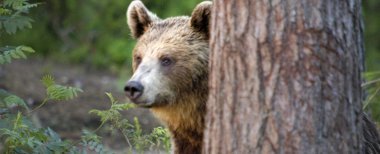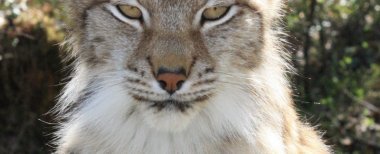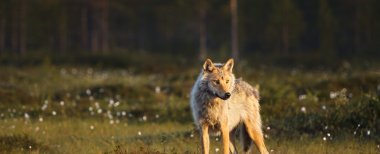latest news
Learn to identify tracks left by large carnivores
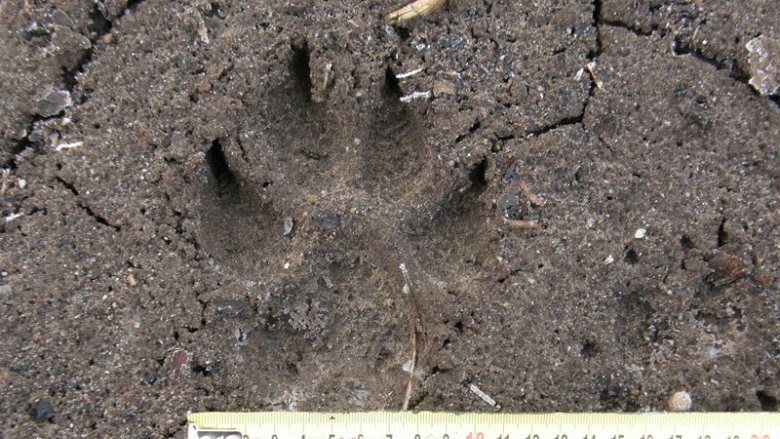
When you are travelling in nature you might be following a bear's path, quite literally. But can you tell the tracks of a wolf apart from tracks left by a dog? And do you know where you should report your large carnivore sightings? Read article
Do you know what to do if you meet a bear in the woods?
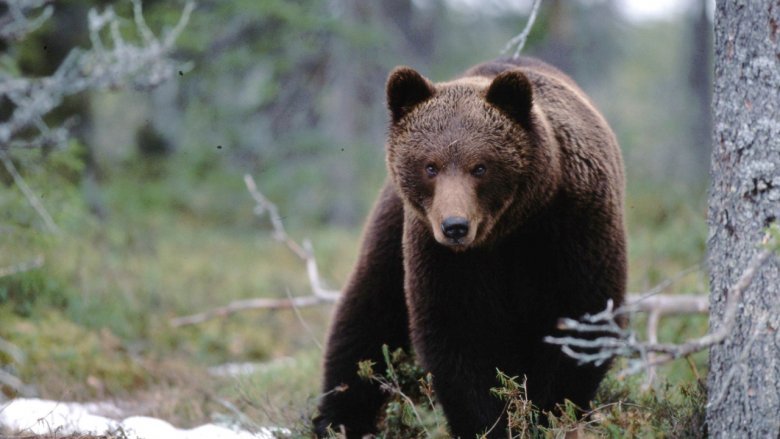
You would really like to go berry picking or mushroom hunting in the woods, but is it safe? In general, large carnivores try to stay away from humans, but in some exceptional cases you might find yourself face to face with a bear. Here is some advice from a wildlife expert on how you should act. Read article
The Population-Based Wolf Hunt Has Ended
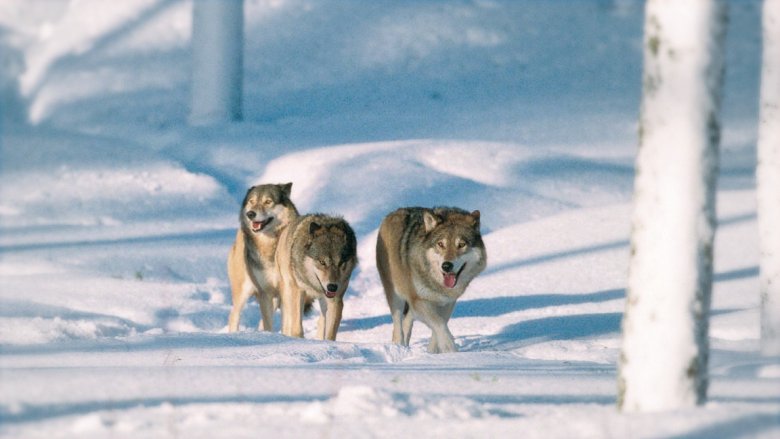
The population-based wolf hunt has now ended. Hunting licenses based on population management purposes for the hunting of wolves resulted in 43 kills. Three licenses remained unused in North Karelia. This year marked the second hunting year of the two-year trial which will be used as the basis for the assessment of the hunt’s impact on wolf populations and behavior. Read article
Applications for the hunting of 48 wolves
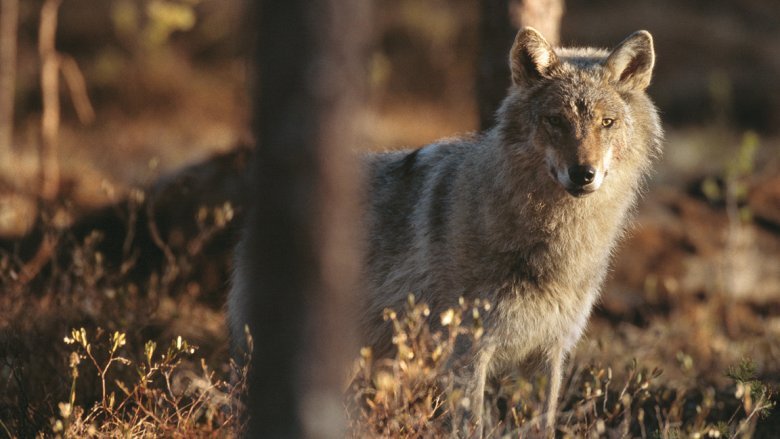
Finland’s Wolf Management Plan proposes that the hunting of wolves can be commenced with population-based hunting licenses for population management purposes as of 2015. The Finnish Wildlife Agency received 18 applications by January 9th for the hunting of 48 wolves in 27 territories. Most of the applications were from Kainuu and North Karelia. Read article
News archive
Information on large carnivores in Nordic countries
SKANDULV - wolf research in Scandinavia. SKANDULV is working on issues connected with wolf ecology and administration. The main questions concern wolf populations, movement patterns, genetics, ecosystem effects etc.
